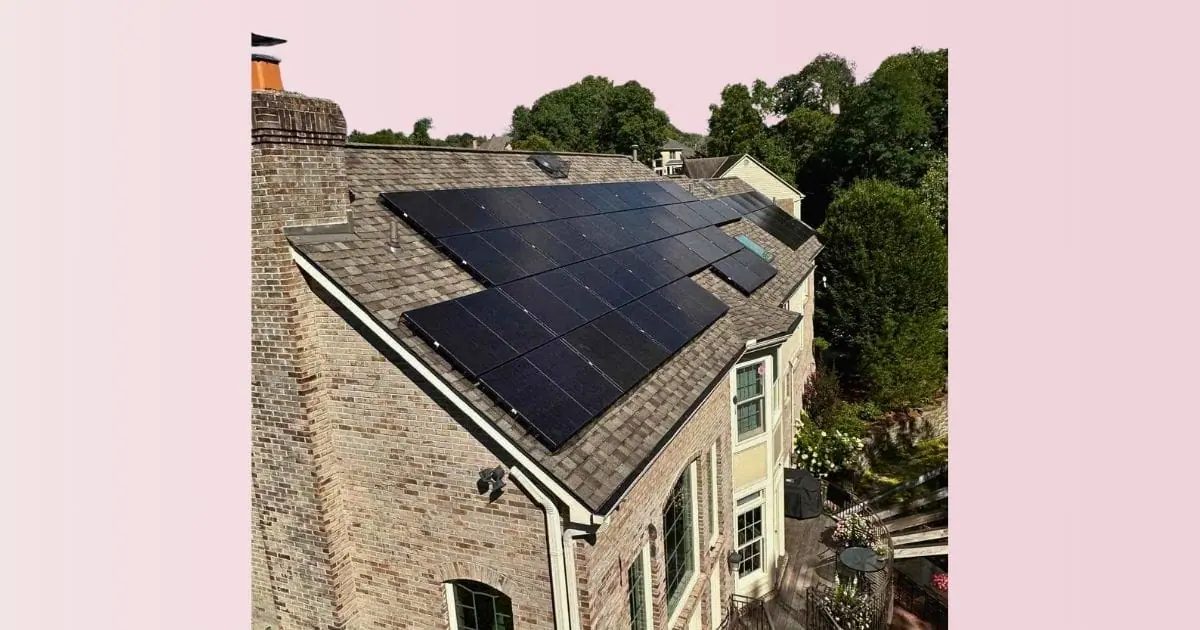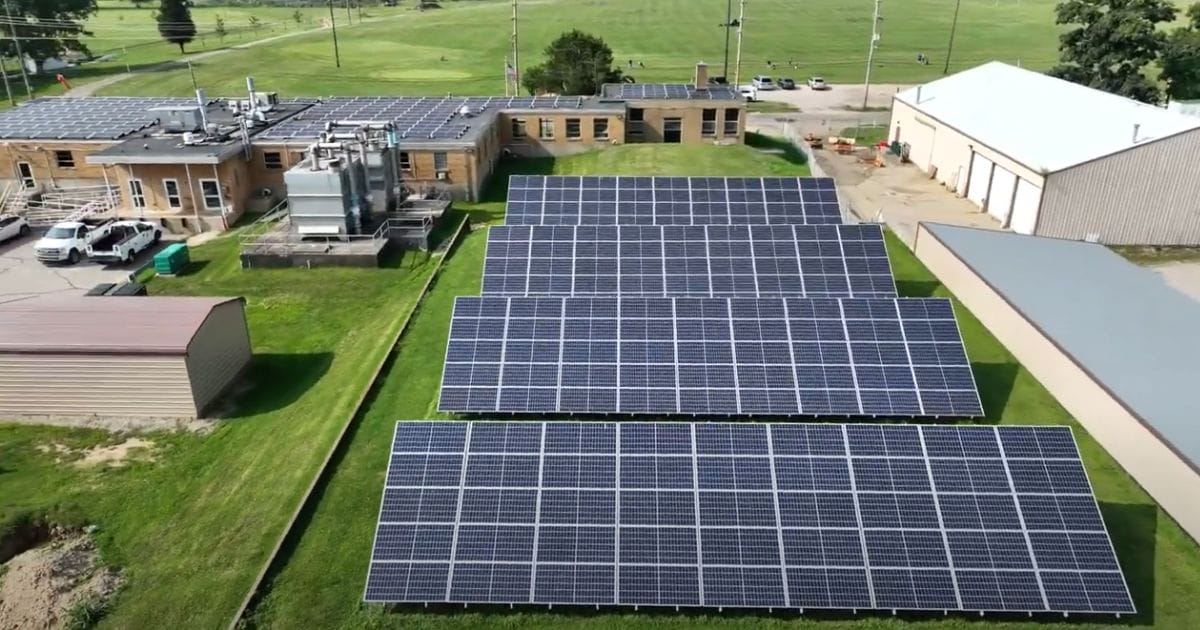Do you think that you may have been approached by a door to door solar sales scam?
Knocks on the door often hold the promise of adventure or connection. A friend inviting you to go for a walk or a neighbor dropping off a borrowed tool…
Sometimes that knock is a salesperson – who enchants you with exciting products and enticing offers. However, behind those offers lurk those who seek to exploit your trust for their gain.
In the world of solar, door-to-door solar sales have become all too common in our communities. In an age where technology makes designing and selling solar quickly – procuring loans even faster, and crazy deals that only last an hour – protecting oneself against deceptive tactics is paramount.
A recent TIME Magazine article: “How Solar Sales Bros Threaten the Green Energy Transition,” brought light to the dark side of solar – the world of the door to door solar sales scam.
In this blog, we tackle a few points on how Kokosing Solar works differently from some of the companies mentioned in the article.
No Certification Process
The biggest problem we can identify in our industry is that there is no barrier of entry to get into solar sales.
Most door-to-door solar salespeople are 1099 contracted employees (protecting the solar company they represent from themselves – a liability) with very little training.
We encourage you to go with a full turnkey solar partner – one whose salespeople and installation technicians are all employed by the same outfit.
Here at Kokosing Solar, from sales to installation, you’re always working with one partner under one roof. This eliminates potential conflicting agendas (saves you money) and inefficient organizational redundancy.
How to Avoid Door to Door Solar Sales Scams
Third-Party Certifications
In the absence of a formal certification process, third-party certifications speak volumes about the experience and reputation of a solar company.
Start with Better Business Bureau and Google. These testimonials and stories are usually great snapshots of the true customer experience.
Here in Ohio, we’re proud to have helped initiate and to be listed on SolarEthics.Org – in partnership with Green Energy Ohio.
We’re also founding members of the Amicus Solar Cooperative. Amicus Solar is a member-owned purchasing cooperative of 80 elite, highly knowledgeable, value-driven solar industry veterans who innovate, collaborate, and work together to set higher standards for the solar industry.
Education, Consultation and Trust-Building
Sometimes when you’re making a large purchase – you just have a feeling.
Trust your gut.
Our sales team is consultative and will give you an education about solar energy that you’ll be thankful for. Whether or not you go solar with us, you’ll be grateful for the wisdom we imparted along the way.
Part of that is trust building. Our goal is to build lasting partnerships that generate referrals from our happy customers to keep us in business for the long haul.
The Solar Door-to-Door Solar Scam Environment
Unfortunately, there is no shortage of stories from homeowners who have been wronged by door-knock scams and deceptive solar salespeople.
Let us be clear: we are not those people. And we’re doing what we can along the way to help consumers make the right purchasing decisions when they decide it’s time to go solar!




